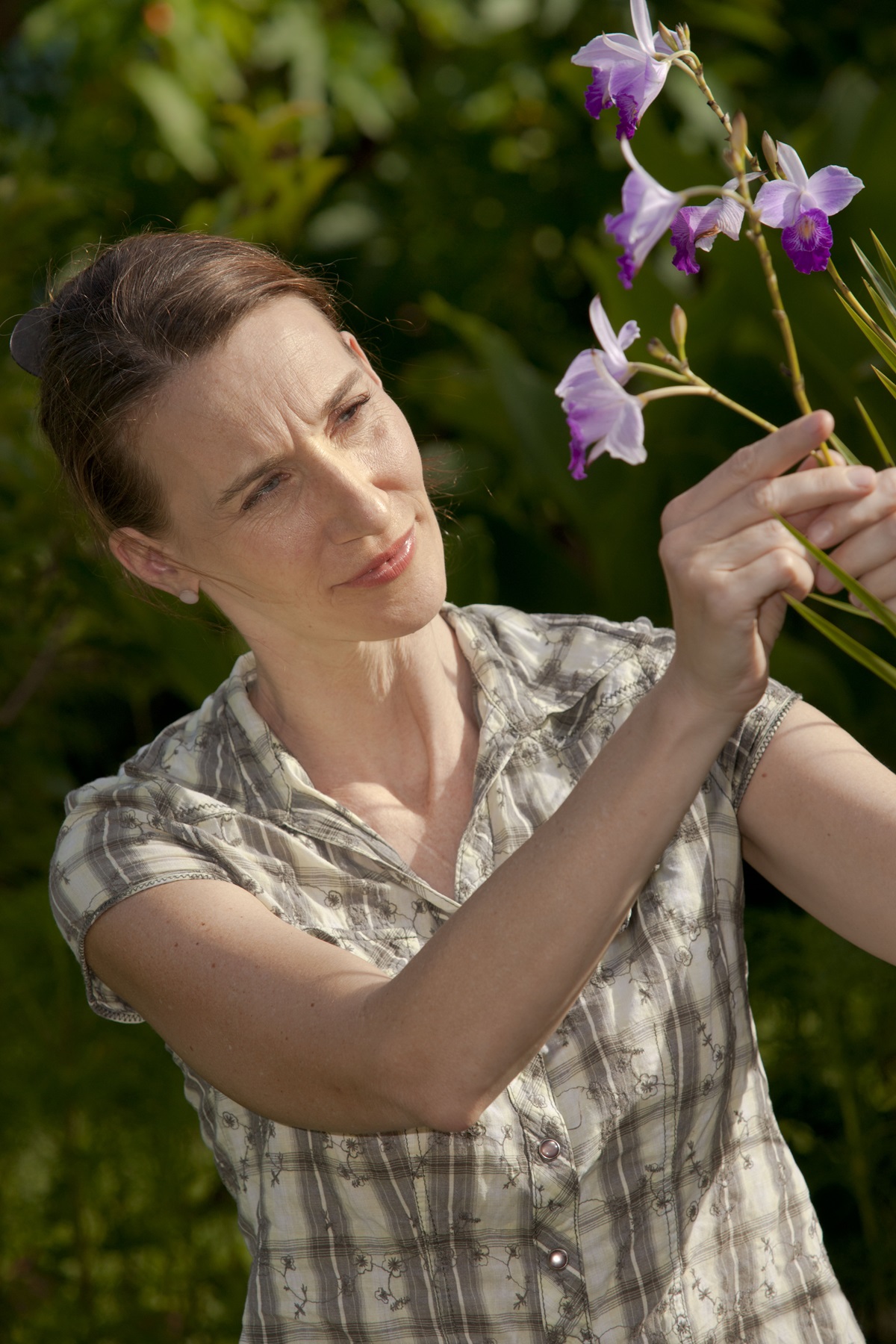 Dr Luke Jeffrey conducting wetland research.
Dr Luke Jeffrey conducting wetland research. A research study lead by Southern Cross University scientists has discovered an unlikely microscopic ally in the battle to reduce the amount of methane gas in the atmosphere.
In a world-first, published in Nature Communications, Australian researchers reveal the unique, methane-eating microbial communities living in the bark of a common Australian tree species (Paperbark, Melaleuca quinquenervia). Importantly, these microbes mitigated a large proportion of the methane released from the trees, consuming about one third of total methane emissions.
Methane is a very potent greenhouse gas – about 45 times more so than carbon dioxide. While trees help lock up carbon dioxide during photosynthesis, this discovery reveals some trees also play an important role in regulating the methane gas cycle.
“This is a ground-breaking discovery that opens up a whole new area of research about novel microbes living in the bark of trees and their role in regulating methane. It suggests that our scientific understanding of the global methane cycle may need a re-think,” said Dr Luke Jeffrey, lead author and post-doctoral researcher from Southern Cross University.
The scientists from the University’s Faculty of Science and Engineering made the discovery while on a field study in wetlands on the far north coast of New South Wales.
“When we first saw large amounts of methane coming out of the bark of Melaleuca trees, we wondered whether there might be bacteria residing in bark making an easy living by eating the abundant methane. Now we know,” said Professor Scott Johnston.
“It took more than three years of careful experiment design and systematic method development to identify the microbes and resolve their role in consuming methane. It represents an exciting new frontier in our understanding of how trees influence methane in the atmosphere,” said Professor Damien Maher.
The research is a collaboration between researchers from Southern Cross University, Monash University and University of Melbourne. It was supported by two research grants to Southern Cross University from the Australian Research Council (ARC Linkage Project Maximising Carbon Sequestration in Freshwater Wetlands), and kicks off the start of a new ARC Discovery Project (Tree-mediated methane fluxes: A new frontier in the global carbon cycle) in collaboration with colleagues from Monash University, University of Melbourne and University of Western Sydney.
Methane is a potent greenhouse gas about 45 times stronger at warming our planet’s atmosphere than carbon dioxide. Most naturally occurring methane is produced within earth’s wetlands. Methane is created when organic carbon from vegetation and soils are slowly decomposed by microbes in these saturated environments.
Our preliminary data suggests that in wetland forests the below ground methane is transported upwards by the roots and the bark of trees and then outwards through their stems.
But while measuring methane gas emissions our team recently discovered that the bark of melaleuca was home to a unique microbial community that make an easy living out of consuming the potent greenhouse gas. So we now know that bark dwelling microbes have the capacity to regulate the methane emissions from trees and therefore may play an important mitigation role in the global methane cycle and in climate change.
With this newfound knowledge and data land managers, decision makers and future climate change mitigation strategies can be better advised in ways to maximize carbon sequestration in forests and avoid potential and unwanted methane emissions.
About the study
Title: Bark-dwelling methanotrophic bacteria decrease methane emissions from trees
Scientific journal: Nature Communications
DOI: 10.1038/s41467-021-22333-7








